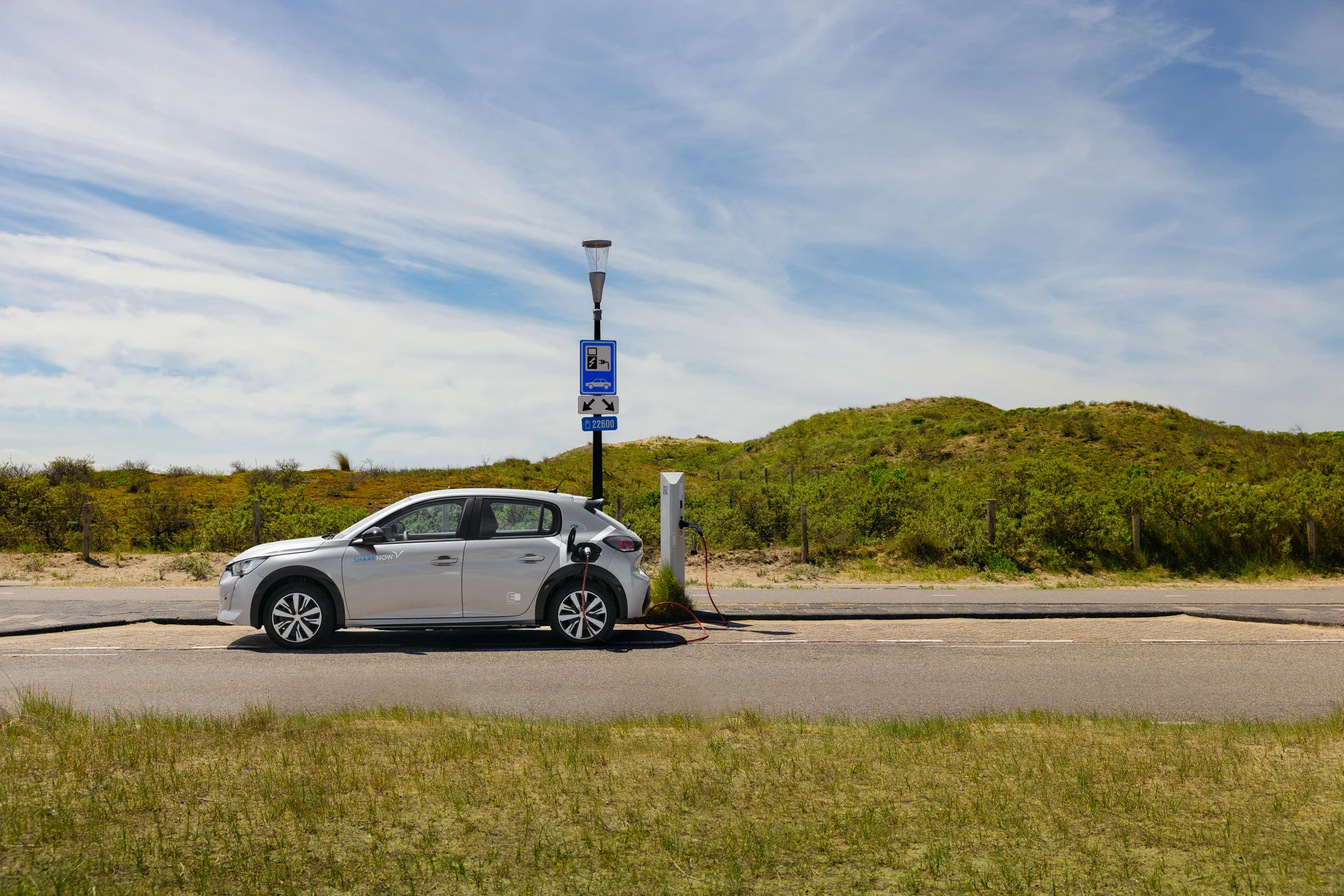Notes
The minute rate includes 200km of mileage. A long distance fee of 0,39 € per kilometer will apply for each additional kilometer after the included mileage. Hourly and daily rates do not include mileage and each kilometre driven will be charged between 0,21 € and 0,22 € (depending on car model category).
All SHARE NOW cars are covered by third-party liability insurance and your deductible is always automatically reduced to a specific amount in case of an accident. This agreement is waived, however, in cases of gross negligence. To learn more, please check out our terms and conditions.
